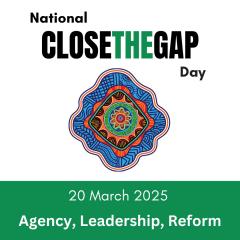The proportion of Australians with bad cholesterol levels has dropped significantly, while Asian and Pacific countries recorded a sharp rise, according to the world’s largest study on the condition.
University of Queensland researchers were part of an international team that analysed data from 102.6 million people in 200 countries, spanning the period from 1980 to 2018.
UQ’s Professor Annette Dobson said the results showed total and non-HDL ‘bad’ cholesterol levels had fallen in high-income nations including Australia, North-western Europe and North America, but had risen in low and middle-income nations, particularly in East and Southeast Asia.
“Australian women ranked 146th highest in the world for non-HDL cholesterol in 2018, compared with 32nd highest in 1980,” she said.
“While Australian men ranked 116th highest for non-HDL cholesterol in 2018, compared to 31st highest in 1980.
“High cholesterol is responsible for almost four million deaths worldwide each year with half of these being in East, South and Southeast Asia.”
Cholesterol is a waxy, fat-like substance found in blood which helps create healthy cells, but too much of it can lead to build-ups in blood vessels.
High non-HDL cholesterol can block blood supply and lead to heart attacks and strokes.
This type of cholesterol is usually caused by diets high in saturated fat but can be lowered effectively through the use of statins.
The researchers believe the findings suggest a need for pricing and regulatory policies that shift diets from saturated to non-saturated fats, while health systems must be prepared to treat those in need with effective medicines.
The data showed countries with the highest levels of non-HDL cholesterol now included China, Tokelau, Malaysia, the Philippines and Thailand.
But Australia may not be off the hook.
“While the study showed that non-HDL cholesterol levels had fallen over decades, Australia doesn’t have up-to-date national data as blood samples are no longer included in the National Health Surveys, so we are in the dark about recent trends,” Professor Dobson said.
The paper was published in the journal Nature. DOI: 10.1038/s41586-020-2338-1
Media: Professor Annette Dobson, a.dobson@sph.uq.edu.au, Faculty of Medicine Communications, med.media@uq.edu.au, +61 7 3365 5133, +61 436 368 746.



